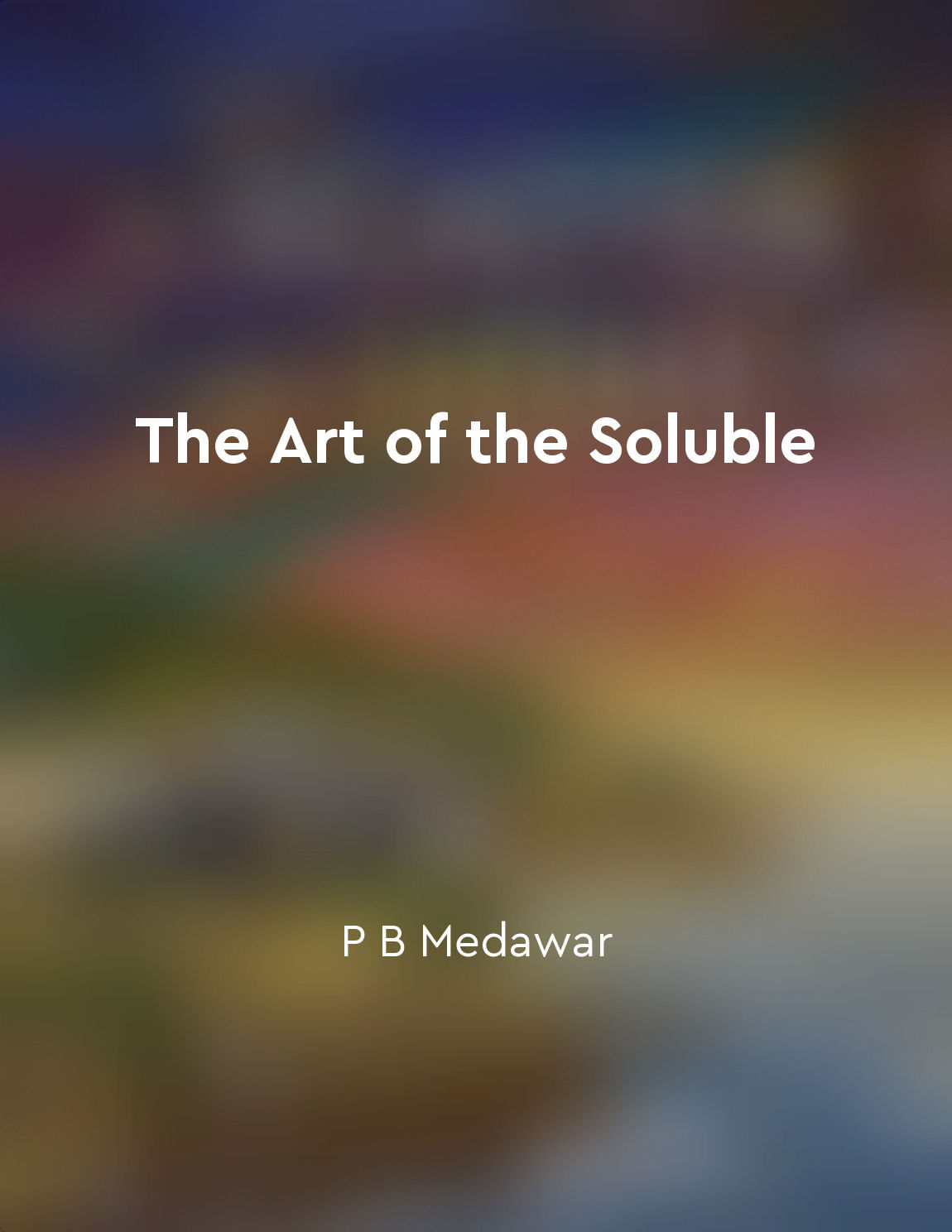Science is a succession of paradigms from "summary" of The Structure of Scientific Revolutions by Thomas S. Kuhn
In order to understand the concept that science is a succession of paradigms, it is essential to delve into the work of Thomas S. Kuhn and his seminal book, 'The Structure of Scientific Revolutions'. Kuhn introduces the idea that scientific progress is not a linear and continuous process, but rather a series of shifts in fundamental beliefs and methods known as paradigms. These paradigms serve as the framework within which scientists operate, guiding their research, interpretations, and overall understanding of the natural world. According to Kuhn, a scientific paradigm represents a set of shared assumptions, concepts, values, and practices that define a particular scientific community at a given time. This paradigm shapes the way researchers approach problems, conduct experiments, and interpret data. In essence, it provides a lens through which scientists view the world and dictates the boundaries of acceptable scientific inquiry. However, Kuhn argues that paradigms are not static or immutable. Instead, they are subject to change and evolution as new evidence, anomalies, and competing theories emerge. When anomalies accumulate and the existing paradigm is no longer able to account for them, a scientific revolution occurs. During this period of crisis, scientists may explore alternative theories and methodologies that challenge the dominant paradigm. The shift from one paradigm to another is not simply a matter of replacing one set of beliefs with another. It involves a fundamental reorientation of the scientific community's worldview, methods, and goals. This process is often met with resistance, as scientists who have invested time and effort in the prevailing paradigm may be reluctant to abandon it.- Kuhn's concept of science as a succession of paradigms highlights the dynamic and evolving nature of scientific knowledge. By recognizing the role of paradigms in shaping scientific inquiry, we can better understand how scientific revolutions occur and appreciate the complexities of scientific progress.
Similar Posts
Blind faith can lead to manipulation and exploitation
Blind faith can be a dangerous thing. When we believe in something without question, when we let our emotions and desires cloud...

The search for truth requires an open mind and a willingness to revise one's beliefs
The pursuit of truth demands an open mind and a readiness to reassess one's convictions. It is essential to approach the quest ...
Theories change with paradigms
In the normal course of scientific development, theories change with paradigms. A paradigm is essentially a set of beliefs and ...
Science evolves through paradigm shifts
In the process of scientific development, scientists work within a set of beliefs and practices known as a paradigm. This parad...
Anomalies challenge paradigms
In its role as a scientific theory, a paradigm is a constellation of accomplishments - concepts, values, techniques, and standa...

